The treating staff explain to the patient how the procedure progresses. The patient is installed and the radiologist performs injections in the painful areas of the body under local anaesthesia (except for infiltration of plasma rich in platelets). These injections are radiologically guided and are aimed at providing relief for people suffering from tendonitis, arthritis, capsulitis, bursitis, tenosynovitis, slipped disc or spinal compression.
The products used for infiltration are cortisone and plasma rich in platelets or PRP. Corticosteroids, known for their powerful anti-inflammatory effect, provide relief for many types of pain. PRP is obtained from a patient’s blood. It stimulates healing and recovery, in particular for tendonitis and bursitis.
The crushing of tendinous calcifications under local anaesthesia also relieves patients. The examination involves fragmenting, washing, aspiring and even removing, using two needles, the major part of calcification responsible for pain contained in a tendon.
